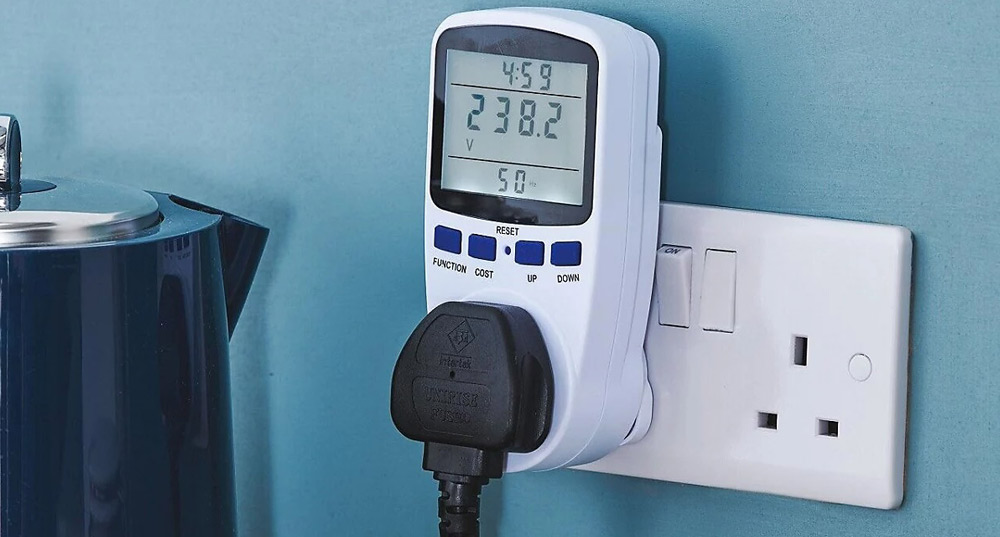Ensuring Electrical Safety: Unique Uses of Advanced Monitoring Tools

Electrical safety is critical in all installations, from residential properties to large industrial complexes. With the rise of new technologies, advanced monitoring tools have become essential in safeguarding electrical systems. These tools help identify potential problems early and enhance overall safety standards. Understanding their unique applications and advantages can transform how professionals manage electrical safety.
Elevating Safety Standards Through Real-Time Monitoring
Advanced monitoring tools provide real-time data on the performance of electrical systems, enabling the diagnosis of faults before they escalate into hazardous situations. For example, in industrial settings, monitoring systems can detect unusual fluctuations in current or voltage. This early detection allows engineers to address issues immediately, preventing costly downtime and ensuring worker safety.
Integrating these tools with other safety systems can create a comprehensive safety net. For instance, insulation monitoring devices are instrumental in proactively monitoring electrical distribution systems to identify potential faults.
In commercial buildings, automatic alerts can notify maintenance teams when readings exceed predefined thresholds. This proactive approach maintains safety standards and fosters a culture of safety within the workplace. By incorporating real-time monitoring, organisations can protect their workers and enhance the longevity of their electrical systems, ensuring that equipment remains reliable and operational for years to come.
Unique Use Cases in Diverse Environments
Advanced monitoring tools are highly versatile, finding unique applications across various environments, each tailored to meet specific safety requirements.
Healthcare Facilities: Safeguarding Patient Care
Ensure that medical equipment operates safely in healthcare settings. Monitoring tools can continuously check the electrical integrity of essential devices. If a vital care machine exhibits abnormal readings, alerts can be triggered to inform staff immediately, preventing equipment failure that could directly impact patient safety.
Regular checks also help facilities comply with regulatory requirements and meet necessary safety standards. By maintaining the electrical integrity of medical devices, healthcare providers can uphold high operational standards vital for patient care.
Residential Settings: Protecting Homes and Families
Homeowners benefit from monitoring solutions that track electrical consumption, allowing them to identify trends and potential issues. For instance, if an appliance begins to draw excessive power, it may indicate a fault that could lead to overheating or fire hazards.
Advanced monitoring tools alert homeowners to these changes, empowering them to take preventive action, such as calling a technician before a minor issue becomes a major crisis. This proactive approach ensures the safety of families and their properties, giving homeowners peace of mind.
Industrial Environments: Enhancing Operational Reliability
In industrial settings, monitoring tools are essential for ensuring safety and efficiency. They can monitor large machinery and electrical installations, identifying faults that could lead to equipment failure. For instance, in a manufacturing plant, monitoring systems can track the electrical load on motors and generators, providing insights that help engineers optimise performance and prevent breakdowns.
Moreover, these tools assist in compliance with safety regulations by generating reports and logs of electrical performance over time. This documentation is invaluable during audits, helping organisations avoid penalties associated with non-compliance. Rigorous monitoring demonstrates a commitment to safety and operational excellence.
Key Features That Enhance Utility and Safety
Several features distinguish advanced monitoring tools from traditional safety measures.
Historical Data Logging
One important feature is the capability to log historical data. This data analysis enables professionals to identify patterns over time, making informed decisions based on trends rather than isolated incidents. Regular spikes in electrical consumption during specific times might indicate underlying issues, such as overloaded circuits or inefficient appliances.
Proactively addressing these trends can prevent future failures and improve energy efficiency. Understanding historical usage patterns enables professionals to implement changes that enhance safety and reliability.
Adapting to Different Environments
Advanced monitoring tools are designed to adapt to various environments, from commercial spaces to residential homes. This flexibility allows for effective implementation of safety measures, regardless of the scale or complexity of the electrical system.
In facilities with multiple types of equipment, monitoring tools can be calibrated to track various parameters, such as temperature, load, and electrical anomalies. This adaptability ensures that safety protocols are tailored to meet specific operational requirements, significantly enhancing safety measures.
Integration with Other Systems
Another significant feature is the ability to integrate with existing systems. Monitoring tools can work alongside fire alarm systems, HVAC controls, and energy management solutions, creating a holistic safety approach. This integration allows comprehensive monitoring of all critical systems within a facility.
Centralising safety data management through integration streamlines operations and enables maintenance teams to respond quickly to alerts. This facilitates more efficient troubleshooting and repairs, enhancing overall safety.
Training and Awareness
Training your team to use these tools effectively is critical. Understanding how to interpret their data can significantly enhance responses to potential hazards. Regular training sessions keep staff updated on safety practices and tools, fostering a culture of safety awareness.
Encouraging a proactive approach to electrical safety protects assets and positions your organisation as a leader in best practices. Investing in education and safety measures contributes to a safer working environment for everyone involved. Implementing these advanced monitoring strategies significantly enhances electrical safety protocols and operational reliability.






